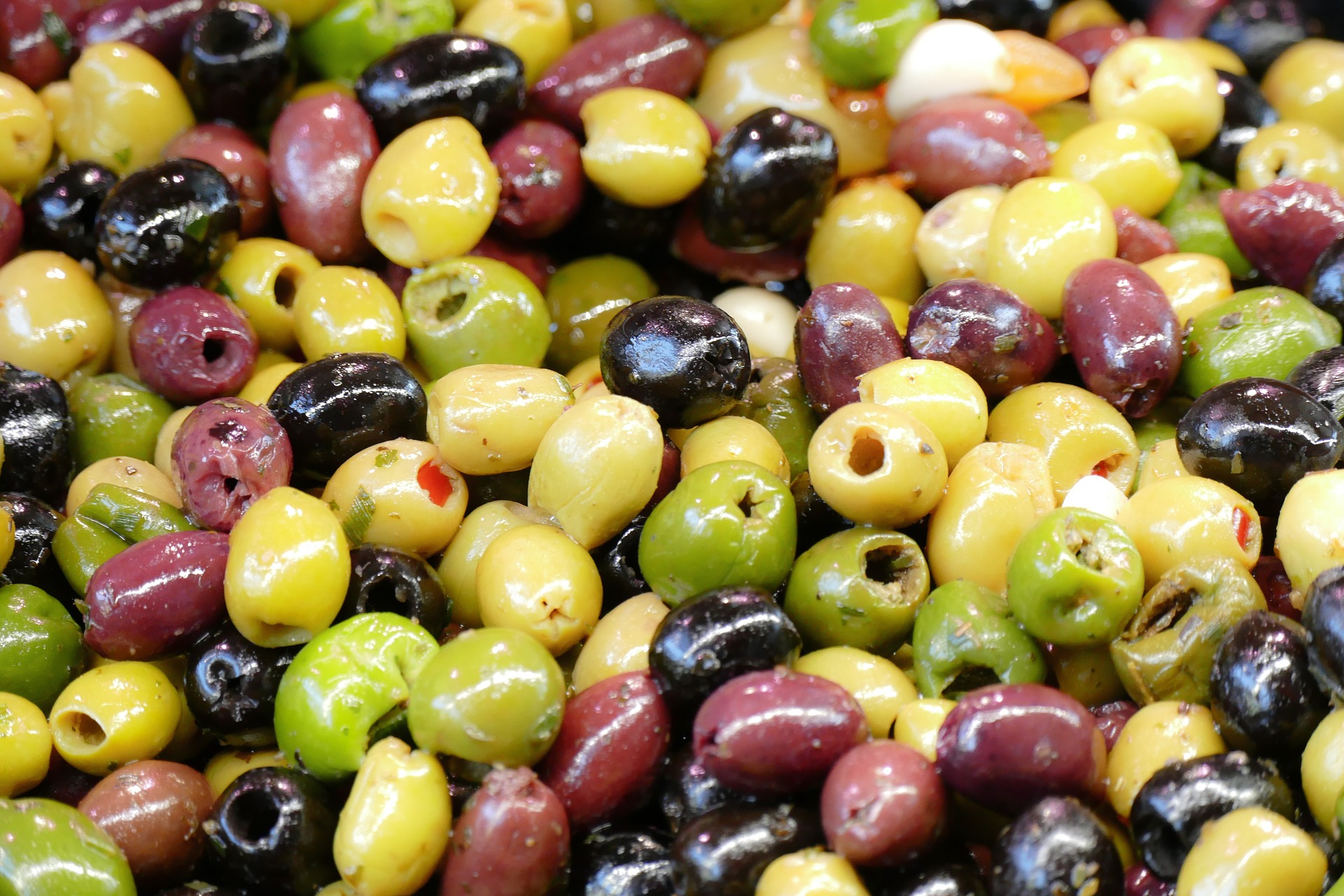 by Sharon Quercioli
by Sharon Quercioli
What’s So Great About Olives?
Olive oil, martinis, Popeye’s girlfriend. Olives are known for a lot of things! They are one of my favorites. I love stuffed olives in my martinis. But did you know that they are also incredibly healthy and versatile?
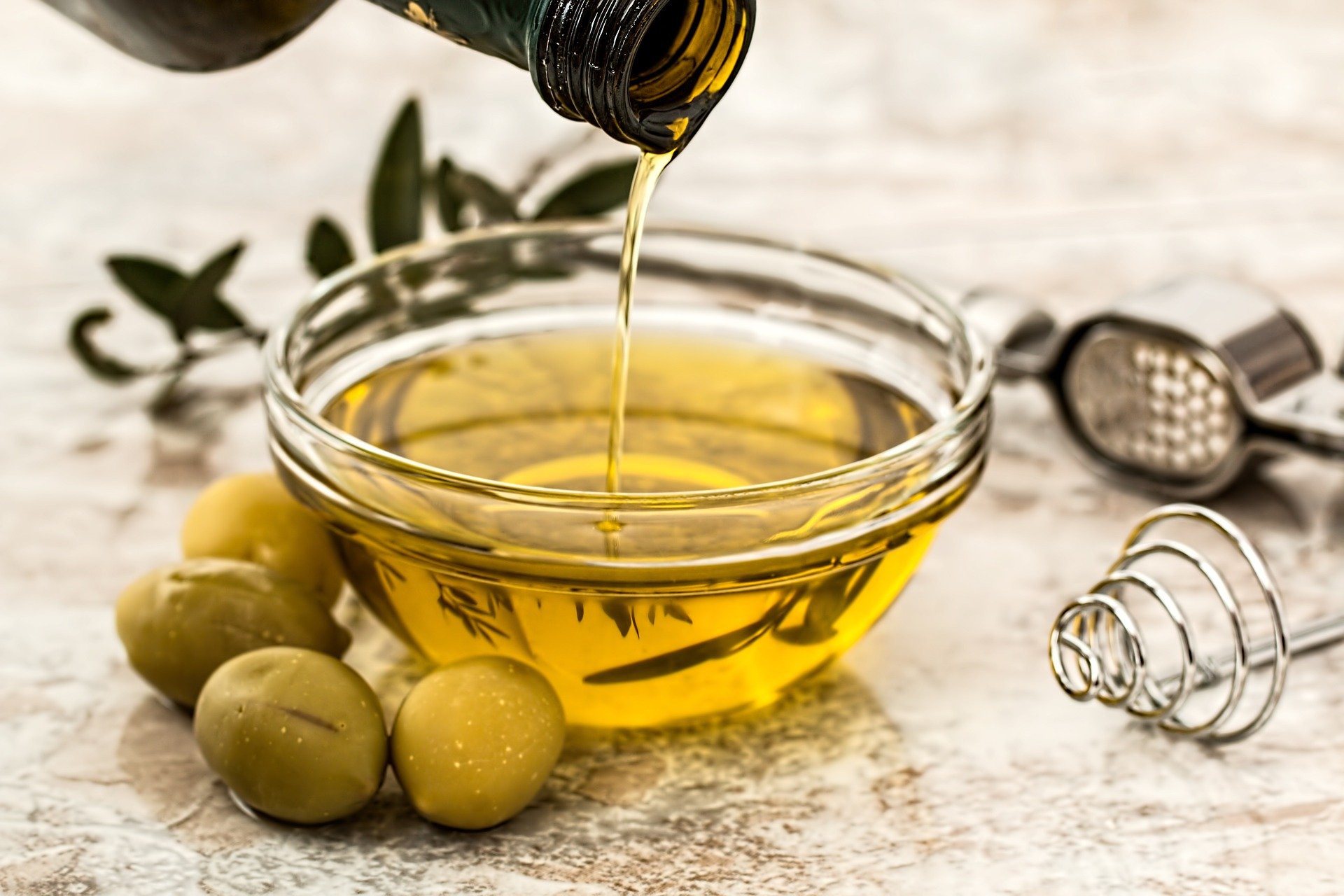
There are plenty of great things about olives. They are loaded with antioxidants and good fats. They have low calorie count. They can help improve your skin, memory, and can help control your appetite. They can even help reduce your pain level!
They are full of good fat, and they are low in calories.
One olive has around seven calories. You even burn more calories digesting olives than you gain from eating one. How fantastic is that? They are also filled with good fat (mono-unsaturated fat). This is the same type of fat that you will find in avocados and nuts. Having a healthy amount of good fats in your diet can help lower your risk of heart disease!
They are great for your skin, memory, and appetite.
Olives contain oleic acid which helps your skin stay soft and healthy. They also have polyphenols, which can reduce oxidative stress in your brain (which aids in memory and memory improvement). The monounsaturated fatty acids and fiber found in olives can trick your body into thinking that it is pretty full by slowing down the digestion process and sending tiny bits of cholecystokinin to your brain. Cholecystokinin is the hormone that can tell your brain that you are full and that you’re satisfied.
Olives are a great anti-inflammatory food.
Because olives are rich in oleocanthal, they can also help with inflammation. This substance found in olives, are a great natural ibuprofen.
Buying or Cultivating Olives
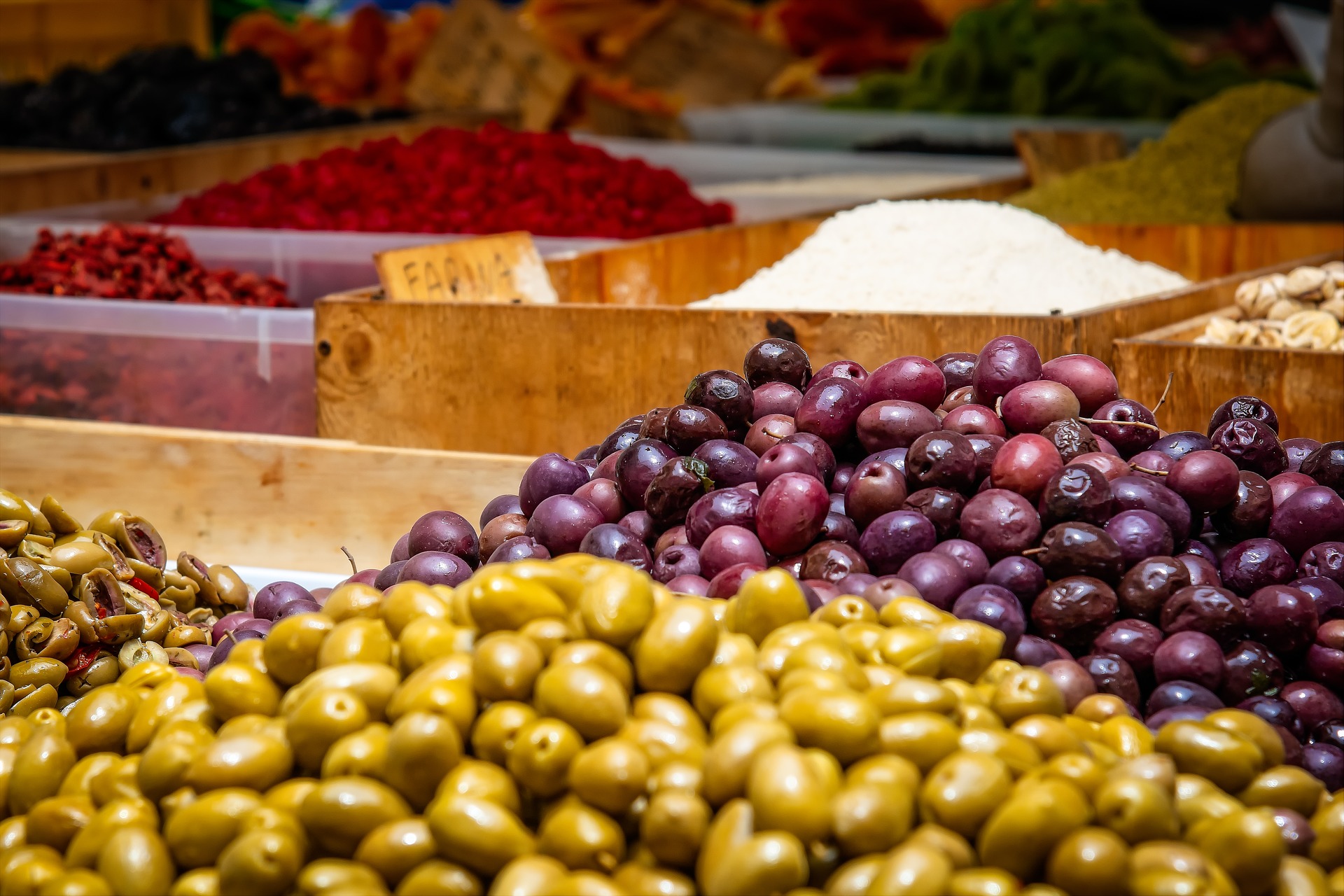
I normally get my olives at the Italian markets but also buy them canned or jarred in the canned food aisle. The most common olives I cook with are large black olives (normally sliced and tossed into a salad), or kalamata olives (you will see a recipe with those in a little bit). But even more common that than is my use of olive oil and extra virgin olive oil, which I regularly keep in stock in our cabinet.
I have always wondered; however, how feasible it would be to cultivate and propagate olives on my own. Olives are from olive trees. Upon some research I found that olive trees prefer calcareous soils, coastal climate conditions, and limestone slopes. Because of that, Florida is not quite the best place to grow olive trees. That being said, this isn’t the worst environment either.
If you do want to grow some, I suggest growing them in light, rich soil. Keep them in sunny weather (they love bright sun and can endure drought well because of their deep root systems). If you want to facilitate germination, try softening the oily pericarp but putting it in hot water or in an alkaline solution.
Keep in mind that they rarely produce crop two years in a row. In fact, it is normally every fifth season. Make sure you prune back the flower-bearing shoots from the year before and keep the tree low so you can easily pick crop when it does bear some.
My Favorite Olive Recipe
Shakshuka
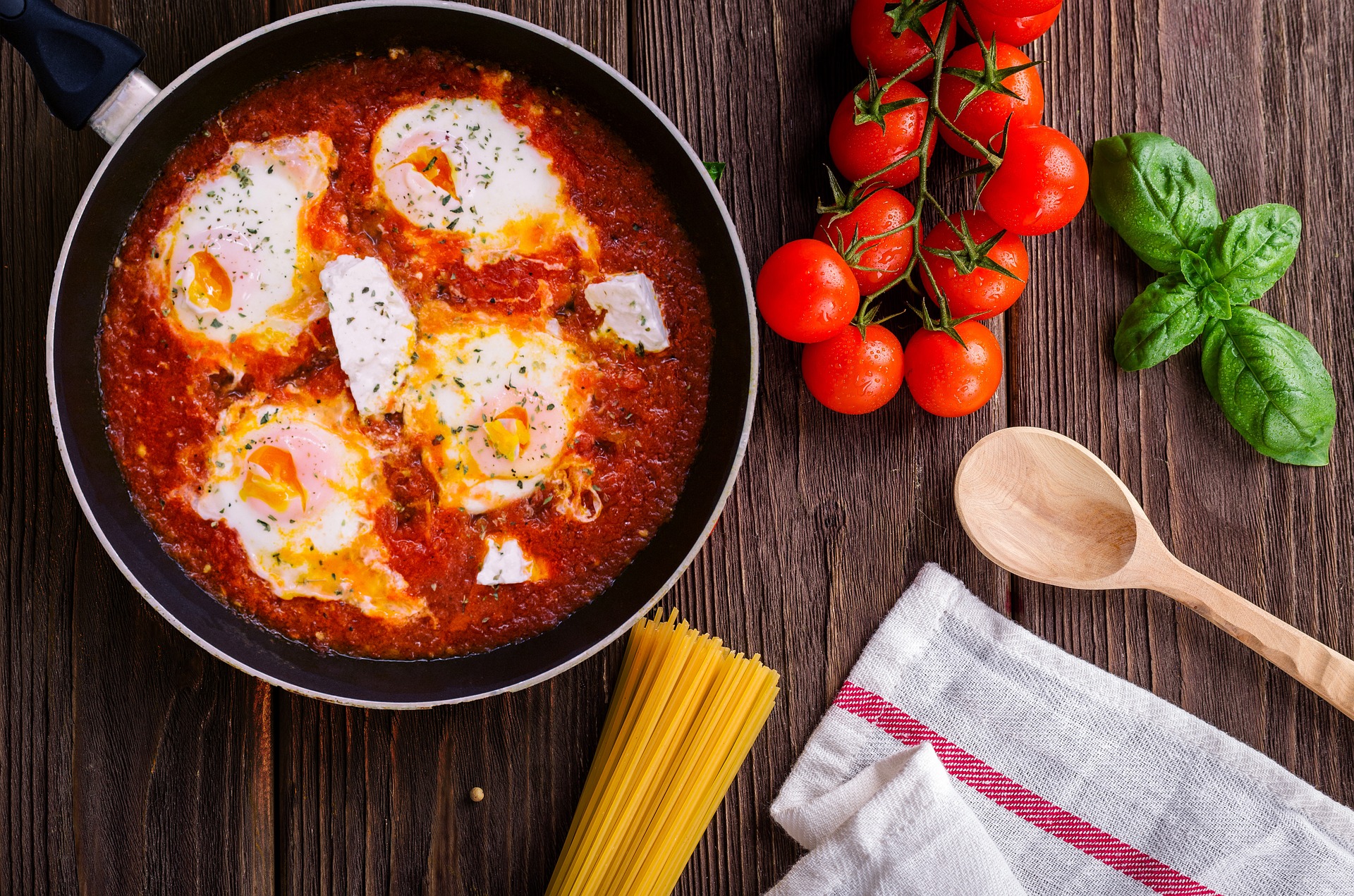
One of my favorite go-to dinners is shakshuka! It is a North African and Middle Eastern dish eaten for breakfast or any meal of the day. It is based around vegetables and eggs poached on top as protein. Incredibly delicious and flavorful, this dish also has some diced kalamata olives in it!
What You are Going to Need:
- 2 tablespoons extra virgin olive oil
- 1/2 of a large white onion (diced into small pieces)
- 1 diced red bell pepper (diced as small as the onion)
- 5 minced garlic cloves
- 1 can anchovies (also diced)
- 2 tablespoons of capers
- ¼ cup of kalamata olives (also diced)
- ¼ teaspoon of red pepper flakes
- 1 28 oz can diced tomatoes (do not drain them)
- 1 lemon (you will be using lemon zest and the juice from this lemon as well)
- 6 eggs
- 1/3 cup of ricotta cheese
- Fresh parsley (to garnish before serving)
- Crusty bread (this is what we are serving with)
What you are going to do with those things:
- In a large pan, heat two tablespoons of olive oil. Use medium heat.
- Then sauté your onions and peppers for about five minutes. They should be slightly soft.
- Add in the minced and diced garlic, anchovies, capers and olives. Sauté all of it for a minute or so.
- The anchovies should melt into the other ingredients. I know it sounds funny but that is the best way to describe the process.
- Then add the red pepper flakes and stir.
- Pour in the tomatoes, lemon juice, and lemon zest, then simmer uncovered until it gets thick. It should take about fifteen minutes or so.
- Using a wooden spoon, make six holes in the tomato shakshuka. Do not worry if it does not stay as big as you intend. Make sure they are evenly spaced around the pan.
- Crack the eggs, one at a time, into a ramekin and pour each one into the egg-sized hole. Make sure you pour gently. Using a different vessel for pouring helps the eggs keep their shape.
- Cover the pan with foil and cook for about five more minutes. By then the egg whites should be set, but that also depends on your pan and your stove. You can cook them longer if you want the yolks to set also. If you are using an oven safe pan, you can put it in a 350-degree oven for about ten minutes…until your desired doneness (for the eggs).
- Dollop a bit of ricotta cheese on top and then garnish with the parsley. Serve it with crusty bread! I prefer a crusty loaf of French bread (a baguette). Honestly, though, you can use any kind of bread: ciabatta, rye, sourdough, brioche, focaccia, flatbread, etc. The bread is used as a vessel instead of a spoon or fork.
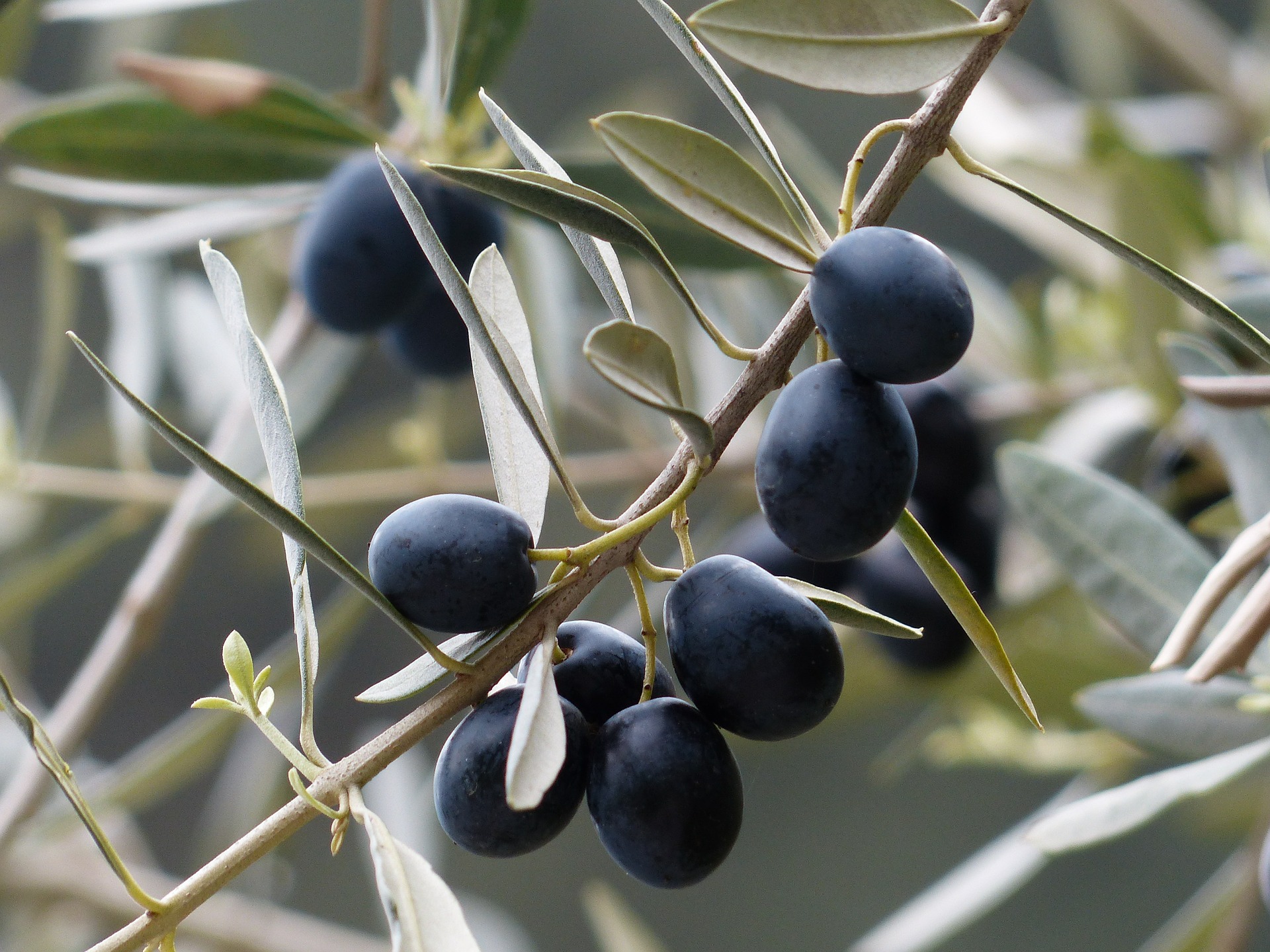

I knew olives were good for people, but I did not realize how good. It makes sense, though, since olives are found in Mediterranean climates, and the diet in these regions are among the healthiest diets.